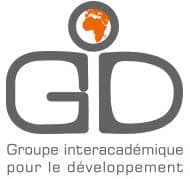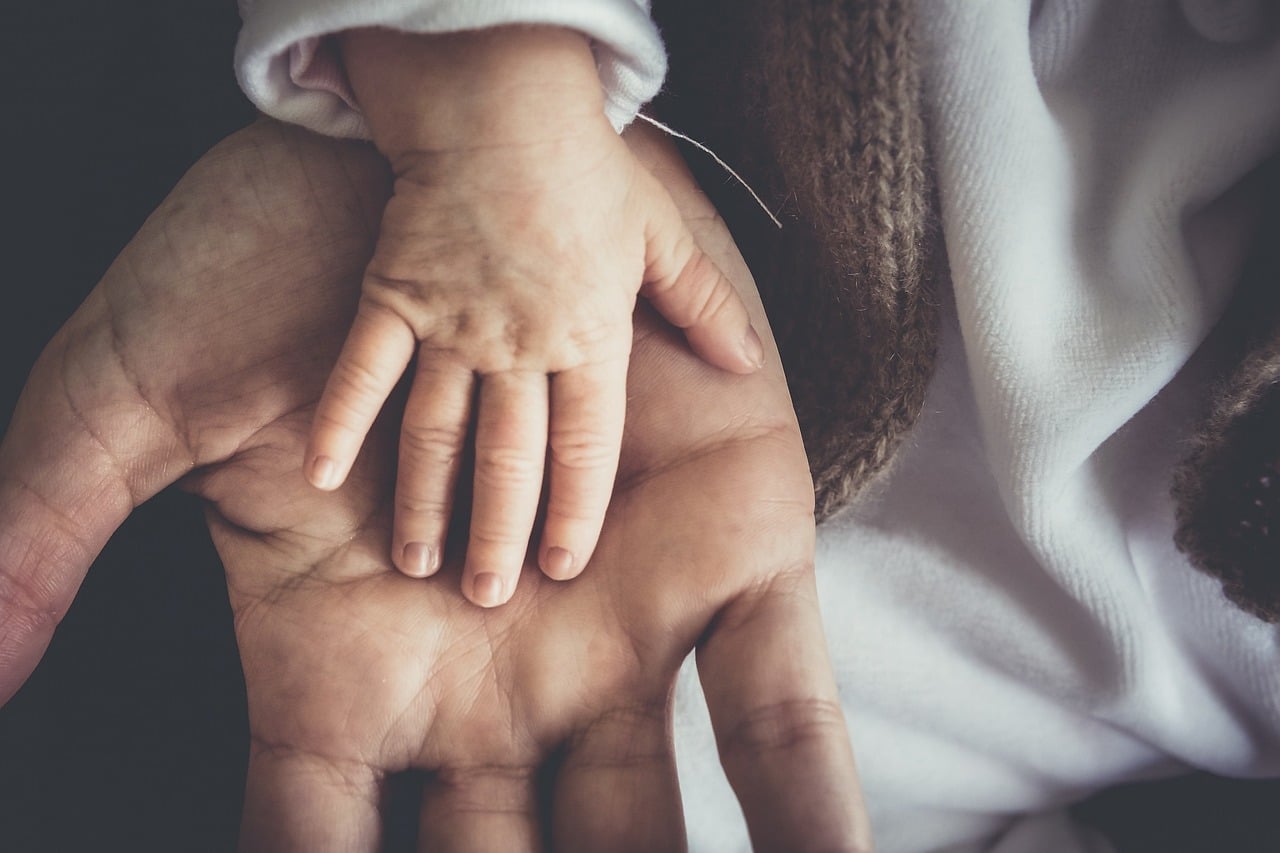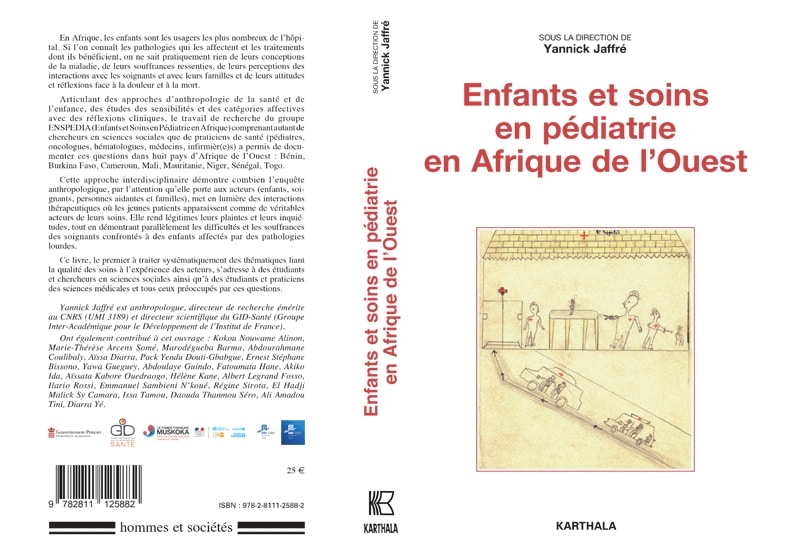Abstract.
In developing countries, it is difficult to rally a radiologist to conduct field studies. Here, we report how a radiologist taught a clinician to carry out the ultrasound examination as defined by the World Health Organization (WHO) record sheet for Schistosoma haematobium related lesions. In a population infected with S. haematobium , the learner and teacher performed two ultrasound exams and the results were compared. One hundred thirty-two children were prospectively included, during 8 ultrasonography sessions split over 23 days. After 51 examinations the learner’s sensitivity was above 90%. After the fifth session the specificity reached 100% (results remained stable until the end of the study period). This study shows that a clinician can quickly learn how to carry out a simple ultrasound examination to gather the items needed for the follow-up of S. haematobium related lesions, suggesting that clinicians could implement networks of ultrasound-based surveillance on the field.
INTRODUCTION
In African countries affected by schistosomiasis, there is a shortage of radiologists. These radiologists are often confined to public or private hospitals and are difficult to mobilize to
participate in the screening or monitoring of patients infected with Schistosoma haematobium on the field. A radiologist is required to establish a diagnosis by means of an ultrasound machine. However, searching specific items to screen for particular pathologies or reporting on a local lesion are probably achievable by clinicians in the field. In this study, we investigated the ability of a clinician who is new to vesico-urinary ultrasonography to perform the clinical examination, and the number of examinations that he must complete to become efficient. If successful, this method would facilitate the delocalization of portable devices on the field to better monitor patients, the detection of severe forms of the disease, and the implementation of mass treatment.
The impoundment of the Diama dam in 1986 was the beginning of the epidemic/endemic schistosomiasis (urinary and digestive) in the Senegal valley . Numerous studies have shown a very high prevalence of patients with S. haematobium schistosomiasis 1 ; the monitoring of such a population, particularly the assessment of the disease severity remains tricky. The difficulty lies not in the diagnosis of schistosomiasis, which is simple and based on the detection of the parasite in the urine, but in the morbidity appraisal, based on the vesico-urinary ultrasonography, hardly implemented in the field. Unlike schistosomiasis caused by Schistosoma mansoni , for the diagnosis of which ultrasound has a recognized place and has been used for many years in studies of morbidity (Symmer fibrosis), the use of ultrasound for S. haematobium morbidity assessment is rarer. Yet it should be more systematic because, as with the infections caused by S. mansoni , lesions observed by ultrasonography in the infection with S. haematobium are more common than the simple detection of the parasite in the urine and the incidence of microhematuria is greater than the findings of macrohematuria. Indeed, a study conducted in 10 villages in the Senegal River Valley showed that even if microhematuria was present in all the villages, whereas macrohematuria was reported in 7 villages. 2 In addition, the finding of high infection rates a year after an adequate treatment 3, 4 suggests that the presence of eggs in urine or macroscopic hematuria are not sufficient to describe the severity of S. haematobium related lesions. Thus, we believe that use of ultrasound could be widely spread to study schistosomiasis, especially in a context of re-emergence of this infection in many African localities.
A record sheet was developed for the “universal” codification of this test, 2 but the use of this sheet requires the expertise of a senior radiologist to carry out the examination.
The advantage of this classification is to assess the severity of lesions induced by S. haematobium . It tracks not only the early forms of the disease (isolated bladder lesions) but also looks for the impact on the upper urinary tract (dilatation of the urethras and renal lesions). The upper urinary tract lesions begin to show later than the bladder, but they also take longer to disappear after treatment. This ultrasound examination can thus produce an “index of severity” by adding the urinary bladder intermediate score and the upper urinary tract intermediate score. The first corresponds to the recognition of bladder lesions and is very supportive of S. haematobium related lesions when it is greater than three. The second is related to the severity of lesions of the upper urinary tract, and is of poor prognosis. In this sense, the finding of a dilated urethra has a score range of +3 to +4 (+6 to +8 when it is bilateral), and the presence of kidney damage is listed +6 to +8 (+12 to +16 when it is bilateral).
The objective of this study was to analyze how fast the items included in the “WHO S. haematobium ultrasound grid” was learned by a clinician, by comparing its results with those of a
professional radiologist.




